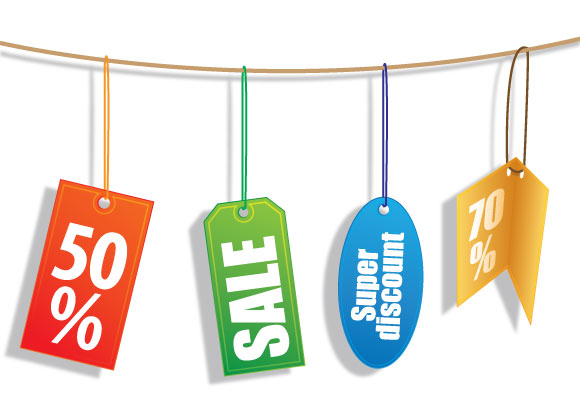 We’re not one to beat a dead horse, but given the way the daily deals market refuses to slow down, it’s difficult to ignore reports of the effects they are having. It’s fairly well known at this point that Groupon and its clones are not a catch-all for local retail success and it’s just as easy to find yourself losing money as making it. The fact that there’s been growing disenchantment with the Groupon IPO has muddled the deal-a-day market a little as well, but a new report regarding how businesses are being affected by the setup is really what supports our cynicism.
We’re not one to beat a dead horse, but given the way the daily deals market refuses to slow down, it’s difficult to ignore reports of the effects they are having. It’s fairly well known at this point that Groupon and its clones are not a catch-all for local retail success and it’s just as easy to find yourself losing money as making it. The fact that there’s been growing disenchantment with the Groupon IPO has muddled the deal-a-day market a little as well, but a new report regarding how businesses are being affected by the setup is really what supports our cynicism.
Rice University’s Utpal M. Dholakia has been researching the effects of Groupon-type promotions, and in a recent study found that 55.5-percent of surveyed businesses made money, 26.6-percent lost money, and 17.9 broke even. He also found that while using Groupon, LivingSocial, OpenTable, Travelzoo, and BuyWithMe brought in hoards of new customers, most didn’t spend more than the coupon’s value, most didn’t return to buy the product at full price, and that 21.7-percent of deal buyers never brought their coupons in. The study also supported the idea that converting these deal buyers into repeat customers is extremely difficult.
And of course, these types of marketing schemes only work for some businesses (health and services were very successful, whereas dining and salons/spas didn’t do as well). Dholakia remarks that it’s surprising that restaurants and bars account for so much of these daily deal promotions while they aren’t raking in as much money as you’d expect.
But the most significant take away from the study is the general weakness of the daily deal business structure. “Over the next few years, it is likely that daily deal sites will have to settle for lower shares of revenues from businesses compared to their current levels, and it will be harder and more expensive for them to find viable candidates to fill their pipelines of daily deals.” It’s possible the Groupon-system will fade away as quickly as it arrived and took the industry by storm.


